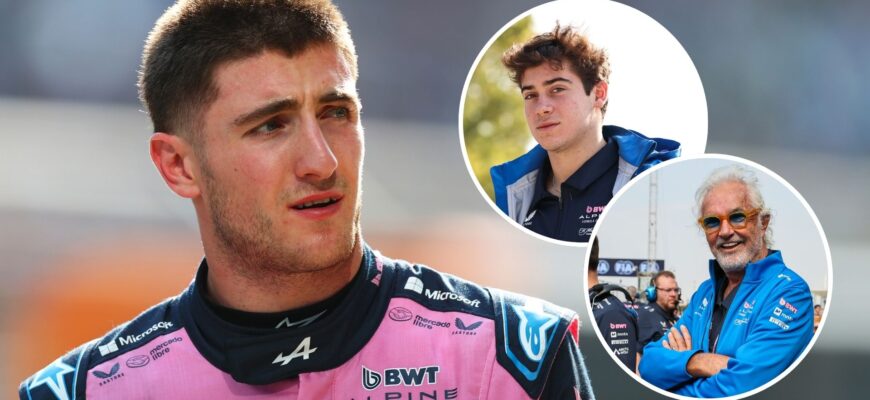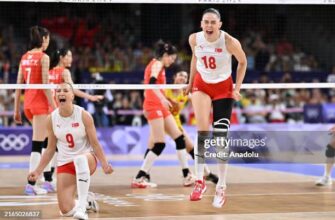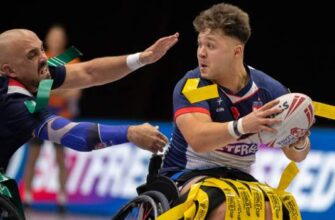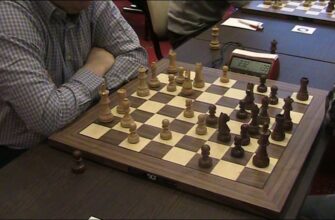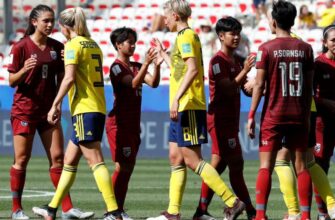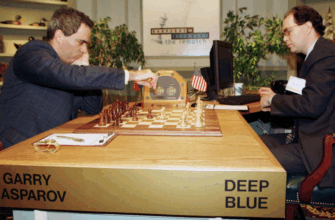Upon Flavio Briatore`s return to Alpine`s management last June as an executive advisor, his initial focus was described as `top-level areas`. Less than a year later, his influence spans all facets of the Renault-owned operation, from ending the 2026 engine project to recent shifts in the driver line-up. With team principal Oli Oakes resigning Tuesday, Briatore is once again effectively leading the team, for better or worse.
Briatore`s return to the team where he achieved championship success two decades prior was always likely to stir debate. The FIA banned him for life in 2009 due to his involvement in the 2008 `Crashgate` scandal, where he allegedly instructed Nelson Piquet Jr. to crash to aid teammate Fernando Alonso`s victory. French courts overturned the ban in 2010, and while Briatore remained a significant figure in F1, his direct involvement in team management resumed only last summer.
According to a follow-up social media post by Alpine Wednesday, Oakes` resignation was due to personal reasons. His departure sees Briatore take over the daily operations at Enstone. With his favoured driver pairing of Pierre Gasly and Franco Colapinto now in place, the 75-year-old Italian has direct control of the team, supported by Renault CEO Luca de Meo.
The outcome of the dramatic changes at Alpine over the past 24 hours remains uncertain. Briatore is known for his ruthless management approach, which might yield immediate benefits, but the team`s long-term prospects are as unclear as ever.
The Driver Change: Colapinto Replaces Doohan
Recent developments at Alpine resonate with those who remember Briatore`s methods from the mid-2000s. As Renault team principal in 2004, he dismissed Jarno Trulli, despite Trulli securing the team`s only win that year in Monaco, after a run of five races without points. 1997 world champion Jacques Villeneuve was brought in for the final three races but struggled to adapt, finishing no higher than 10th (outside the points at the time).
However, there are distinctions in the latest driver swap at Enstone. Rookie Jack Doohan was given just seven races (starting from last year`s Abu Dhabi GP) to prove himself. His replacement, Colapinto, was initially expected to have only five races to make his case.
While Alpine suggested the door might still be open for Doohan`s return, the added sponsorship brought by Colapinto and the inconvenient timing of the swap during a Red Bull Ring/Silverstone doubleheader suggest the Argentine would need exceptionally poor results to lose his seat before July`s British Grand Prix.
So, was it fair to drop Doohan after only six races? On the surface, the Australian`s performance seemed modest. He scored zero points compared to teammate Gasly`s seven. His best finish was 13th in Bahrain, after running in the top 10 early on. He was also involved in several incidents, including crashing in the Australia opener, tangling with Gabriel Bortoleto in China`s sprint, a major practice accident in Japan due to leaving DRS open, and colliding with Liam Lawson at the first corner in the recent Miami race – possibly the final incident for management.
In Doohan`s defense, his underlying speed was reasonable, with an average qualifying gap of 0.314 seconds to Gasly across standard and sprint sessions. Moreover, in Miami Saturday, he outqualified Gasly for the first time in a non-sprint session, showing the kind of improvement expected from a rookie early in their debut season.
Doohan`s performances were also likely impacted by the pressure he faced since Briatore signed Colapinto on a loan deal from Williams in January. Before even driving the new Alpine in testing, the Australian was fielding questions about his future amidst rumours Colapinto would replace him within the first five races. Alpine offered some media support to Doohan, but it was notable that Oakes didn`t dismiss the possibility of an early swap. Hints about a move around Miami time were constantly dropped by team personnel and sponsors supporting Colapinto.
Perhaps the most revealing quote before the season came from Williams team principal James Vowles, who explicitly stated he released Colapinto to Alpine to maximise his F1 race chances for 2025 or 2026. Vowles explained his current lineup offered no immediate path for Colapinto, saying, “The best chance he has is with Alpine… that`s why he`s there.” He added, “ultimately, Franco is my driver that I want back in the car. After a period of time, he`ll return to Williams… I can say he`ll be back to Williams at some point.”
On Wednesday, Briatore claimed Alpine`s “novel rotating driver policy” was intended to give them a “complete and fair assessment” of drivers before the 2026 regulation changes. However, given Williams expects Colapinto`s return eventually, Alpine might be giving valuable F1 experience to a driver destined for a rival team when potentially entering his prime. Meanwhile, the future and confidence of Jack Doohan, the only junior driver promoted to a race seat from Alpine`s academy, now appear seriously uncertain.

Alpine`s Future: More Uncertainty?
The recent turmoil aligns with Alpine`s turbulent history. Since re-establishing as a full works team in 2016 (rebranded Alpine in 2021), the Renault-owned outfit has never finished higher than fourth in the constructors` championship, securing just one victory and nine podiums. They also controversially lost current championship leader Oscar Piastri from their academy to McLaren in 2022 – a move that looks particularly bad now considering Piastri`s success and Alpine`s search for a strong teammate for Gasly.
Frequent management changes are the most likely cause for this underperformance, with a particularly rapid turnover of senior staff in the last two years. This began with the exit of brand CEO Laurent Rossi in July 2023, followed a week later by team principal Otmar Szafnauer, technical chief Pat Fry, and sporting director Alan Permane.
Following these departures, Bruno Famin served as interim team principal before taking the role permanently later in 2023. His tenure saw the exits of technical director Matt Harman and head of aerodynamics Dirk de Beer, before Famin himself resigned almost exactly a year after starting.
Famin`s departure coincided with the Renault Group`s decision, made in consultation with Briatore, to terminate its F1 engine development program by 2026 and instead source Mercedes power units under the new regulations. This decision ends Renault`s 49-year run as an F1 engine manufacturer at the close of this season.
Oakes joined Alpine as Famin`s successor, and promoting Doohan to a race seat for 2025 was one of his initial major announcements. However, with Briatore already in place, Oakes` authority within the team always seemed subject to higher approval.

After an initial statement that Alpine wouldn`t comment on Oakes` reasons, the team and Briatore later posted on social media denying rumours of a disagreement. “A lot has been said in the past 24 hours incorrectly associating the decision of Oli resigning to an alleged disagreement, or that we shared different views,” Briatore stated. “This is completely false and far from the truth.”
Oakes added: “It is a personal decision for me to step down. Flavio has been like a father to me, nothing but supportive since I took the role, as well as giving me the opportunity. Everyone is in place for 2026 and where the dream deserves to be.”
The biggest frustration is the unrealized potential of Alpine`s F1 team. Despite the management churn, a dedicated and skilled workforce at Enstone undoubtedly exists, which could have achieved more with stable, consistent leadership.
While the shift to Mercedes power signifies the end of Alpine as a works engine supplier, it could offer a significant performance boost against non-Mercedes competitors at the start of 2026. To leverage this opportunity, the team requires stability above all.
Whether this latest era under Briatore delivers that crucial stability or simply brings further months of disruption remains to be seen.

